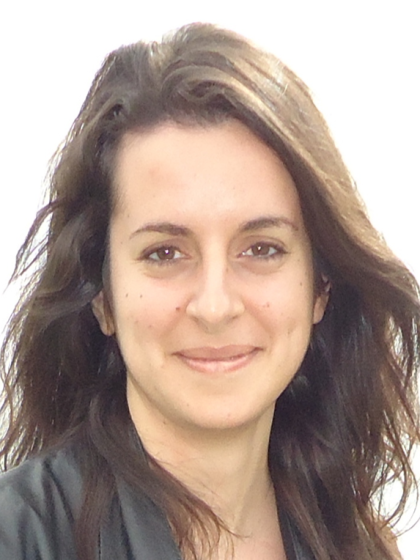Lezing – University Students’ Actions with Digital Algebra Textbooks
 Angeliki Mali (University of Groningen) |
Online seminar:
The conceptual blending framework as a way to investigate the integration of mathematics and physics in student reasoning Teams meeting 15 april (15:30-17:00) |
In this seminar, I will talk about university students’ actions with digital textbooks by reporting on their patterns of viewing and of use in a linear algebra course taught at universities in seven states of the USA. Real-time viewing data over a semester was complemented with responses to bi-weekly open-ended surveys and other course artifacts, such as course syllabi. My colleagues and I used Rezat and Straesser’s (2012) socio-didactical tetrahedron to gain insights into the social and institutional features that shape students’ actions and explain the relationship between students and their textbook. We found that acting with the textbook is limited when the algebraic language and content of the textbook is not legitimized by the institution, and when the textbook does not directly satisfy interests associated with earning a degree. Also, acting with the textbook is higher than what could have been anticipated by syllabi for students majoring in disciplines other than mathematics. The possibilities for obtaining computer-generated viewing data are wide; yet without the appropriate mechanisms to go beyond the viewing time used in order to meaningfully understand the textbook users’ perspective, our understanding of the data that can be tracked automatically will be limited. In this seminar, I will also shed light on how we tackled this methodological challenge.
References
Rezat, S., & Straesser, R. (2012). From the didactical triangle to the socio-didactical tetrahedron: artifacts as fundamental constituents of the didactical situation. ZDM International Journal of Mathematics Education, 44(5), 641-651. https://doi.org/10.1007/s11858-012-0448-4


